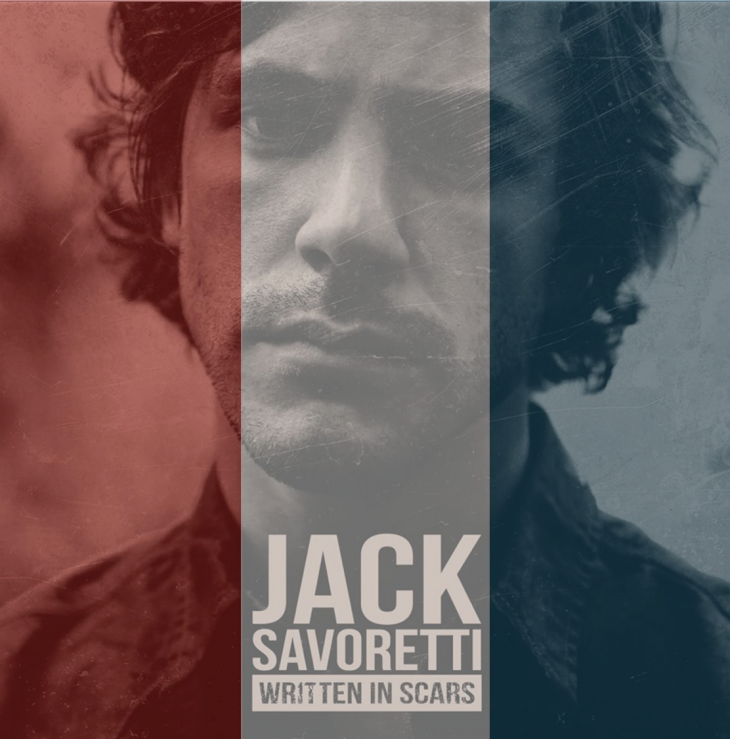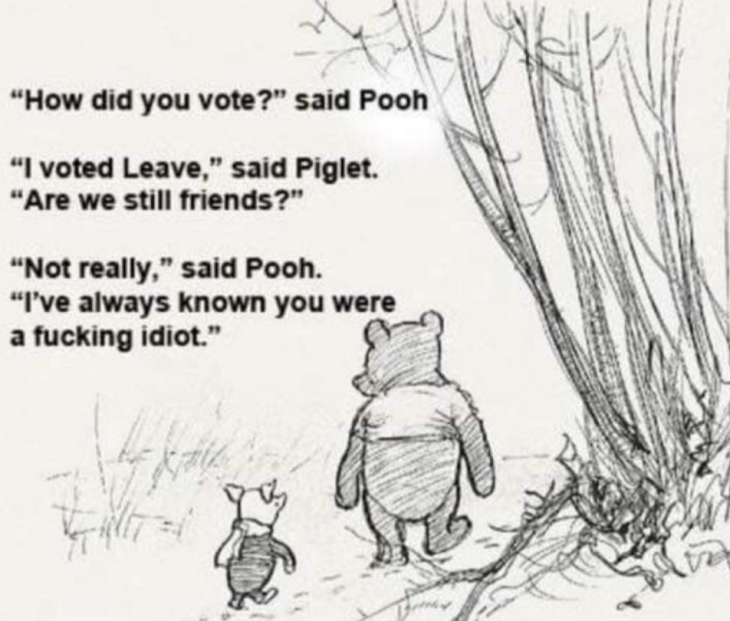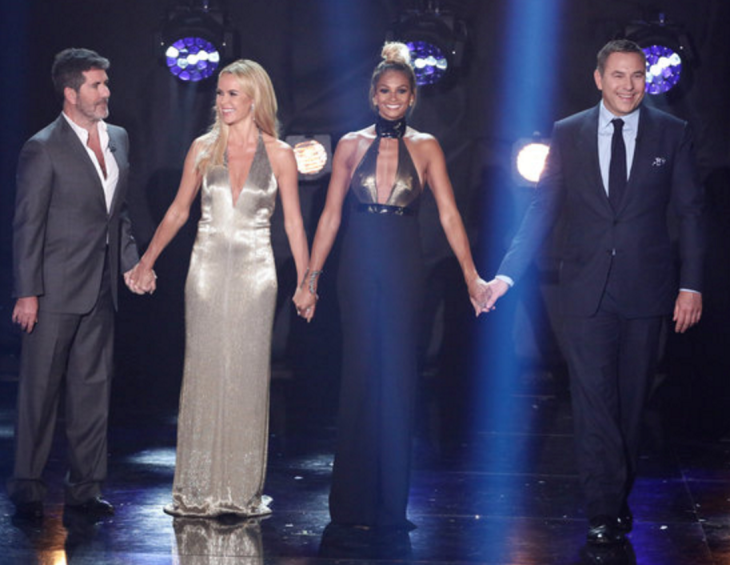
“Cause we’ve been lied to by the liars,
We’ve been sold what we can buy
In our hearts there’s a fire,
You can see it in our eyes.
We are the revolution, we want it all tonight,
We want to take back what’s rightfully ours”
Poor prospects for the future and a struggle for national identity. Is France’s emerging generation in for a fight?
As I was led down a curious rabbit-hole of French teen culture by a recent research brief, I kept hearing the lyrics to “Written in scars” by Jack Savoretti, in my mind. This coming-of-age generation is reaching maturity in a time of their country’s economic uncertainty; lacking prospects, employment and — perhaps even more importantly — a clear place in the world. Is it time for them to revolt?
Built upon a socialist foundation and raised with the belief that the French way of doing things is superior (termed “l’culturelle exceptionelle”) youths are quickly discovering that it is indeed those very things have led them to a point of lacking cultural relevancy on the ever-expanding global stage. Whilst France struggles to balance its traditional values of Liberté, Egalité et Fraternité (Liberty, Equality and Fraternity) against the Western drive for innovation and wealth, the future is beginning to look very uncertain for the kids to whom it has promised so much.
Life in France is challenging. Alongside high levels of unemployment, there’s the most unpopular president of modern times and a lack of cohesion between cultures living side-by-side. With their country under attack three times in the past 18 months and the segmentation of cultures, their socialist ideals are struggling — leaving youths frustrated at being unable to fully start their adult lives.
In order to protect their way of life, the French authorities have gone to great lengths to resist influence from Americanisation, protecting what it means to be French, to have French values and to champion French art and culture. Indeed they are the only country to have an “Academie” which seeks to prevent the dilution of the French language, particularly in terms of anglicisation.
Yet as French teens gain greater exposure to their American and English counterparts on the digital stage, it would be foolish to expect that French teens are immune to the herd mentality of adolescence. Indeed at a time when doors to experiencing things for yourself are opening and the world feels like an endless adventure and, in digital terms, much smaller, the influence from American and English teens is amplified.
If we believe it takes a village to raise a child, then the French ideal is a whole country. But what happens when “mama et papa” insist that you follow rules that your American and English friends don’t seem to have to follow. Only for these “friends” to seem to have better opportunities? What if they have the “American dream” or the English balance between tradition and progression? Do you follow the rules unquestioningly? Or do you start to believe that, perhaps, whilst you can be your own person and honour your own culture, there is also room for inspiration and influence?
This is not to say that French teens disregard their own culture. Indeed they still seem to maintain a sense of superiority over the stereotypically superficial “Americanisms” and it is clear that there are some vast differences in their social systems. French teens value friendship with both sexes and dating is not a thing; relationships evolve out of existing friendships. They have fewer more deeper friendships and don’t divulge personal information quite as indiscriminately. Therefore social media, as a whole is not as popular as in the UK and USA, as it would seem that French teenagers are much more private. They are not as inclined to share information about themselves with people they are not close to. Overall they appear more mature and socialised from a much younger age; eating proper meals in a sociable manner, having their own role within the family and being able to drink, drive and travel abroad at a younger age.
As per the natural course of adolescence, teens are influenced by their peer group. But globally speaking, these peers are no longer restricted to school, neighbourhoods and their local proximity. Digital is dangling the carrot of exposure and experience. And the French government continues to grapple with its containment. So even in a country where Parliament has the ability to ban products and services that are counter to French beliefs or threaten French domestic commerce, American and British culture will undoubtedly break through.
For example, though popular US brands such as Netflix struggled for a long-time to enter a market where a French alternative already existed, the promise of locally produced content, such as the high-cost production Marseille, went a long way to helping their cause. Now, according to Paris-based research agency NPA, Netflix’s french subscription base will only continue to rise through the next couple of years. Additionally, amongst teenagers, brands like McDonalds have a loyal following and when the first Burger King opened in Paris in 2013 there were cues around the block. The same can be seen for sneaker brands Converse and Nike which, at odds with the resistance to American culture, have infiltrated street culture due to basketball’s big following in France and even high fashion, with sneakers being a trend at this year’s Paris Fashion Week.
See, we all know what happens when our “parents” forbid us to see a bad influence in our teens, they only seem that much more appealing. Young pushing against the old, is a tale as old as time. But what if traditional values begin to hold back the evolving generation. What happens then? They revolt. Fight against the system. Or they leave. And in truth, they have seen older millennials leave for the likes of London and California where they can leave behind high taxes, short-term employment contracts and low wages — so much for protecting French culture against the influence.
France has been left with a generation reaching maturity with no clear sense of a future. With poor prospects and a country under unpopular leadership the question is, what does the future hold for them? What does everything they’ve been taught about the socialist system their nation is built upon mean when it seems to be failing? They’ve been taught that the French way, is the right way, only to see it beaten and bruised with a struggling economy and outdated notions. So what now?
Perhaps the message of “resistance is futile” is getting through. A campaign in 2015 saw the French government beginning to lure back its tech entrepreneurs by promising that France is now the place to be. And lets hope for the sake of those coming-of-age that they’re right. Because with a generation currently as lost as its identity, French youths are in need of something solid and something they can hold onto; some certainty for their future. And the French concerns of favouring American or English cultures seems somewhat irrelevant. It’s not about dilution but more about redefining and reaffirming what makes it great to be French in the modern world. A marriage of culture of sorts.
Otherwise what’s left may not be worth fighting for.
(Original Image @ Jack Savoretti)






 Another day, another story about women’s bodies.
Another day, another story about women’s bodies.